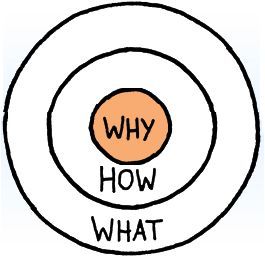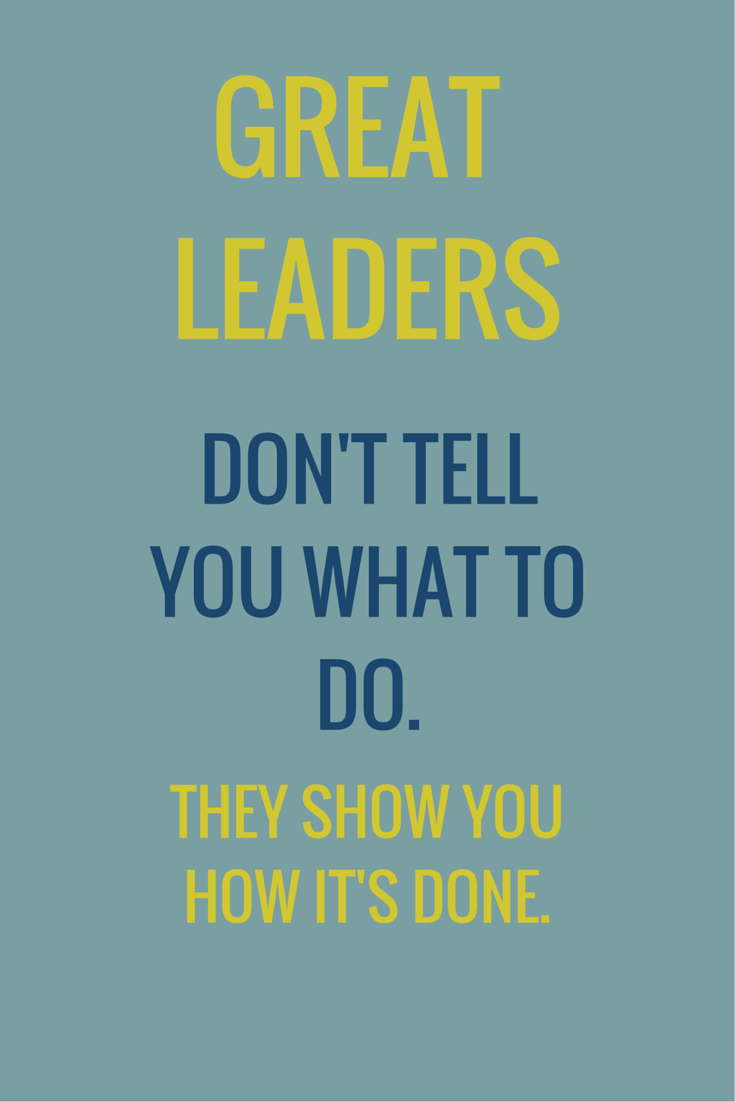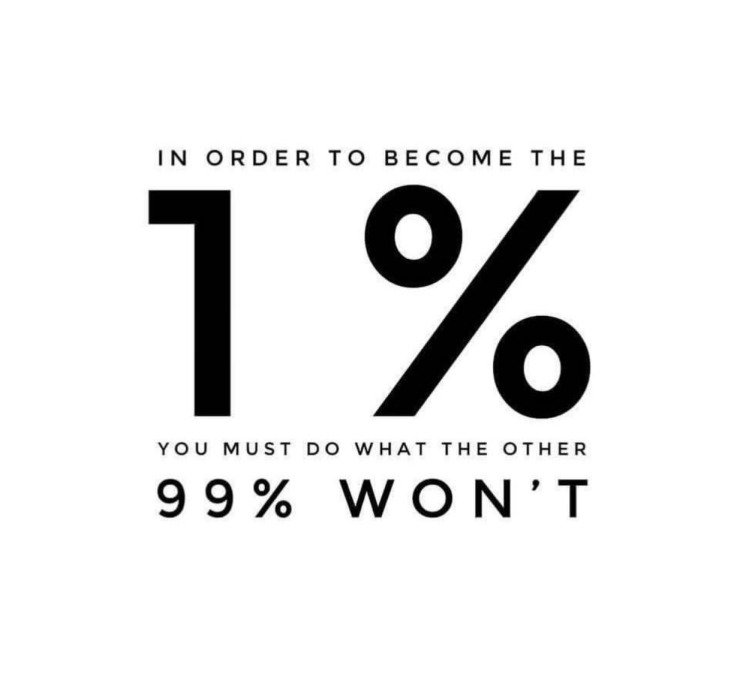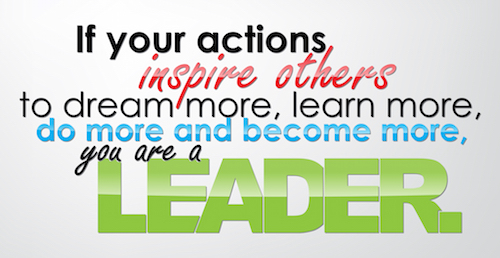This topic stumbled upon when I was mentoring my client regarding her business as she was struggling to understand why she wasn’t doing well as she planned. As simple as it may sound, most of them don’t go through the most important aspect of being an entrepreneur, and that is finding their “WHY” they started the business? We as women are great at multitasking, but sometimes these traits make us lose focus on the finer details. The sad part is many of them go through the HOW and WHAT part of the business, which is also important but without knowing the “WHY” part it is difficult to build it.

“WHY” is the core of any business. Most of them work from outside in when instead they are supposed to work it from inside out. If everyone found their ‘WHY” we would all feel fulfilled by our work. wouldn’t you like to call a job you love your own? Although just about anyone would answer yes to this question, in reality, most people don’t even entertain the possibility of loving their work. Can’t we all find some tasks that fulfill us? Yes, we can. But only by looking for something that excites us. Something we believe in. In short, we need a “WHY”.

If you want to lead and motivate others, get to know the golden circle. In Simon Sinek’s book Start with why, he explains about The Golden Circle which is loosely based on the golden ratio, a mathematical concept describing proportions that are considered particularly pleasing to the eye. The golden circle consists of three concentric circles with the why as a bulls-eye in the center, the how wrapped around that, and the what as the outermost circle.What describes the activities of the business or organization. Usually, what is pretty self-explanatory, say manufacturing a product or offering certain services. The how illustrates the way in which the what is achieved. How do you handle everything? What is it that, for example, turns a particular manufacturing process or business culture into something special? The why describes the mission of a business or organization. Why was it founded? What is its main goal? Although all three of these factors should be well known and thought out in advance, many businesses and organizations don’t have a clear idea of their way. Yielding profits is, for example, not why. It’s the result of the what and the how. In order to cooperate effectively with others, we should adopt the perspective of the golden circle and understand all three of its rings. Some people may naturally see the world like this, but those of us who don’t have that innate inclination can learn it. The golden circle provides a leadership model that can serve as a basis for creating a business or organization and for inspiring and leading others. Ultimately, leaders must make an effort to not only communicate what is being done and how but also the often forgotten why.

Good leaders communicate the golden circle from the inside out. When we make decisions, we base them more on the why than the what. Because only the why fosters a sense of belonging. As for the what, it’s purely rational and hardly stands a chance against the emotional impact of a why. What does it mean to be a great leader? For that reason, people in leadership positions who want to get others to take action always begin by explaining why something has to be done. A leader is the one who knows the way, shows the way and leads the way. That way, they create a sense of belonging which makes others want to take action.When people are emotionally invested, they join movements, buy products and brands, and even use them as symbols to show others who they are and who they support.

The more clearly you describe and communicate why the more people will like it because people don’t buy what people make they buy why people make it. And so leaders communicate by starting in the core of the golden circle and working their way out. They first explain why they do what they do than how they do it and only at the very end what their product is. Apple is a good example of this phenomenon. Their Think Different slogan emphasizes their philosophy of challenging the status quo and succeeds in getting across their way. The how comes next. A user-friendly and visually appealing approach to design and interface. Finally, they translate all this into what. Computers, smartphones, and MP3 players. When a why excites people, the product itself usually doesn’t matter as much. Customers are convinced by the business itself and happy to buy whatever it sells.

Leadership is the capacity to translate vision into reality. Businesses and organizations that start with why are more stable. Successful businesses don’t stand out because of their business strategies or unconventional thinking. They are simply able to excite their employees and customers and begin every decision-making process by asking why. Management is doing things right, leadership is doing the right things. That’s the only way for them to successfully realize their ideas. Even factors like financial and other resources are only secondary to their success. By inspiring others, we establish a following. We are what we repeatedly do, excellence, therefore, is not an act but a habit. Whether they’re clients or employees, excited followers are the most loyal, and backed by them, we have the capacity to change an entire industry or even the world. Businesses with a clear why generally don’t have trouble distinguishing themselves from others, which gives them the luxury of largely ignoring the competition. As a result, they can be more authentic and imaginative than others and don’t need to depend on imitating the competition. In addition, when businesses have a definitive personality and convey a clear why, they are also able to attract the best employees, which is priceless when it comes to securing the survival of a business.

We all need lots of powerful long term goals to pass the short term obstacles. Long-term success hinges on the survival of the original WHY. In the real world, it’s no small challenge to keep all three rings of the Golden Circle in check, especially because when success becomes the norm and an organization is no longer in its euphoric initial phase, the WHY often gets neglected. It’s right at this moment that people start prioritizing numbers over all else, and short-term thinking and quick wins become more important, even though none of it reflects the business’ actual goals. Most people overestimate what they can do with short term goals, but underestimate what is possible with long term goals.

In addition, the success of an organization leads to growth, which leads to an increasing number of people being involved. And the more people are involved, the higher the risk of watering down the original WHY, which can, in turn, have a negative impact in the long run. That’s why it’s important to preserve the WHY established by the founders in an organization’s culture. Future leaders will be able to adopt it if it’s part of the organization’s identity. An organization runs the highest risk of letting the WHY, its raison d’etre, fall by the wayside when the founder leaves. Take Walmart, for example. It’s original WHY was to serve customers and its staff. Once the founder died, the focus was shifted towards maximizing profits at the employees’ expense. Consequently, dozens of employees sued the company for being severely underpaid, and Walmart ended up paying hundreds of millions of dollars in penalties and settlements. The lesson is, the hardest part isn’t finding the WHY, but staying true to it and keeping it alive.

Success doesn’t come from what you do occasionally, it comes from what you do consistently. So how can you take steps to begin developing yourself as a thought leader? Become an expert in your industry. Study it, know how the market started. The evolution of customer needs, the competitive landscape. Consistently read industry publications and trade journals. Attend conferences and workshops to stay current. Make broad knowledge and acquisition part of your career strategy. Add to your reading list with general business publications, professional journals, books, online resources, even TED Talks, and when you find interesting content, forward it to your colleagues with a quick note about how this might impact or benefit your organization. Share your perspective.

Analyze studies and data to help determine factors that influence customer satisfaction and preferences. Look for potential trends, risks, and opportunities, then elevate the impact of the data by sharing your own perspective and interpretation of the results, drawing conclusions and pointing out implications. Network with people who can broaden your horizons. Expand the way you think about interacting with colleagues who have different areas of expertise, and varying approaches. As you participate in professional and industry organizations, remain open to learn about unconventional strategies and be the person to connect your team members with outside experts who can demonstrate original thinking. Establishing yourself as a thought leader won’t happen overnight. It takes time. But if you put in the effort, you’ll become the person in the meeting who sees an opportunity when no one else can.

TRANSFORMATION FROM DENIAL TO LEADERSHIP – It’s all about making the right decisions and taking actions towards each goal. Your life changes the moment you make a new congruent and committed decisions. Success leaves clues, good decisions come from experience and experience comes from bad decisions.

You have the ultimate power and that’s the power to make decisions. Decide wisely, your future depends on it
Chitra Balasubramaniam


